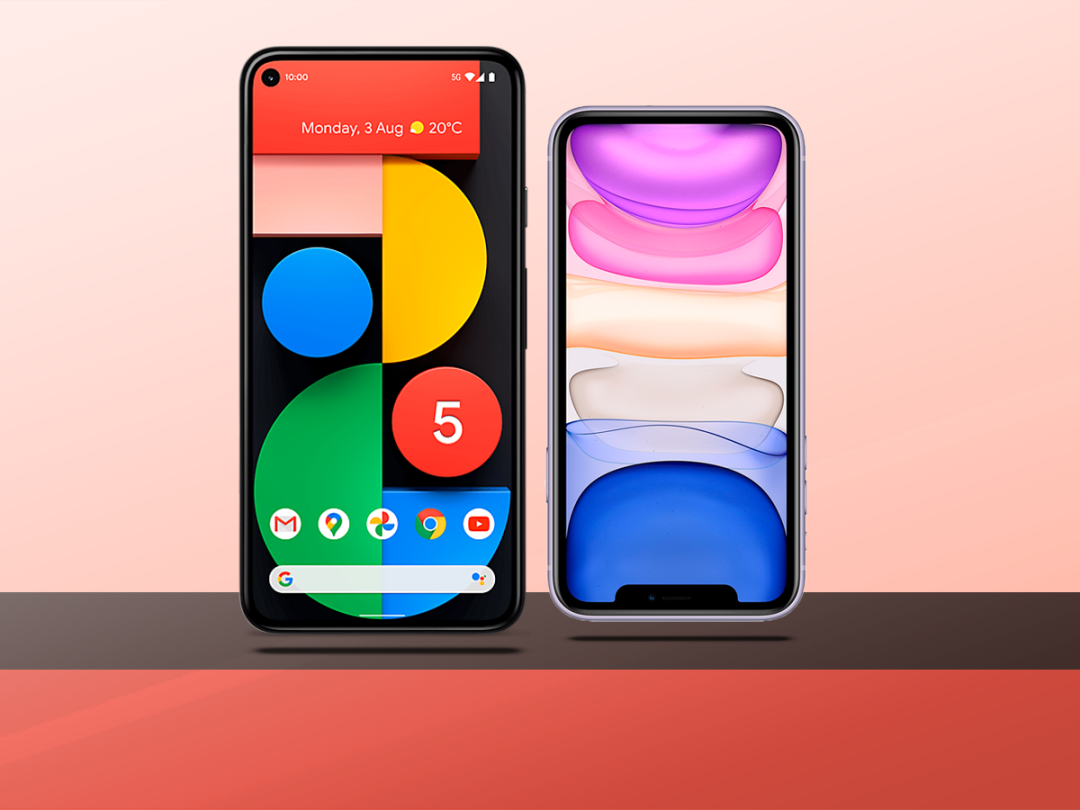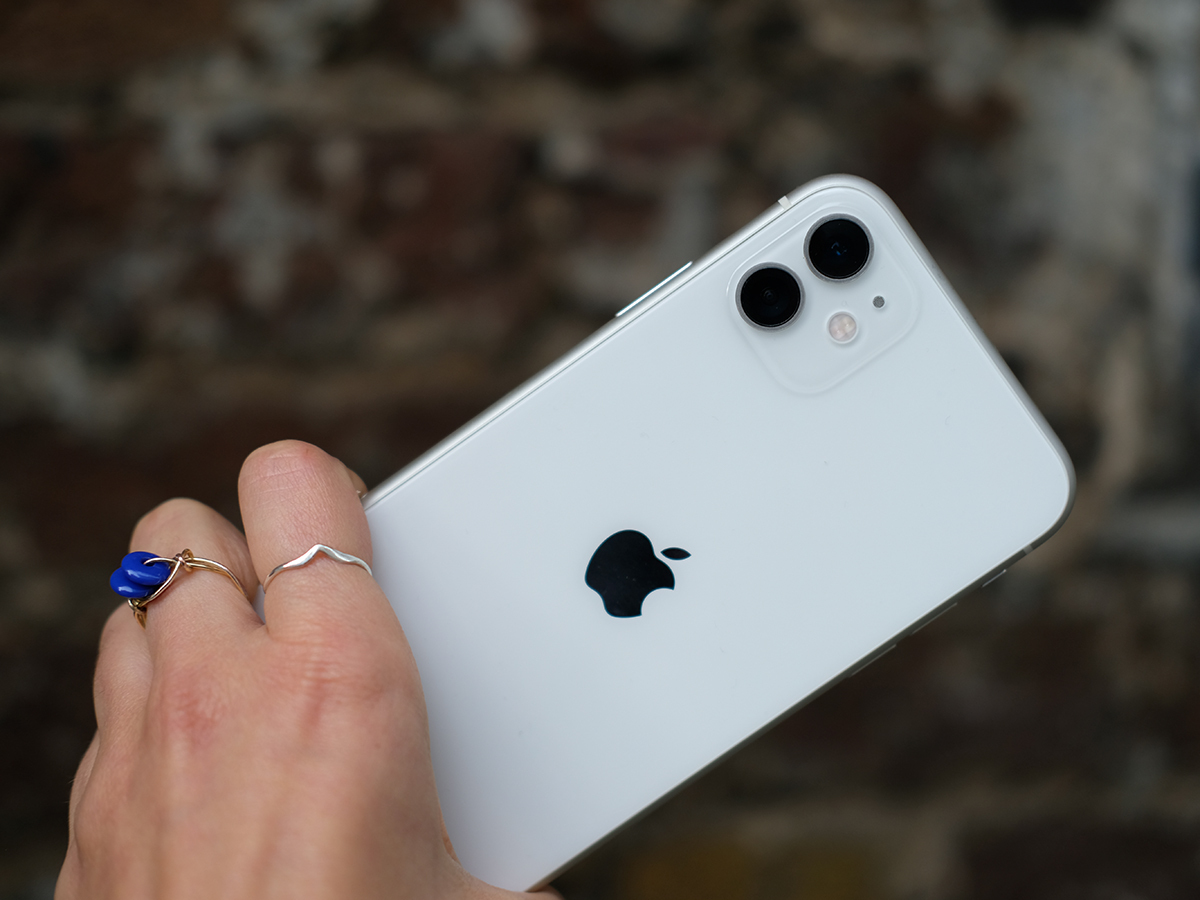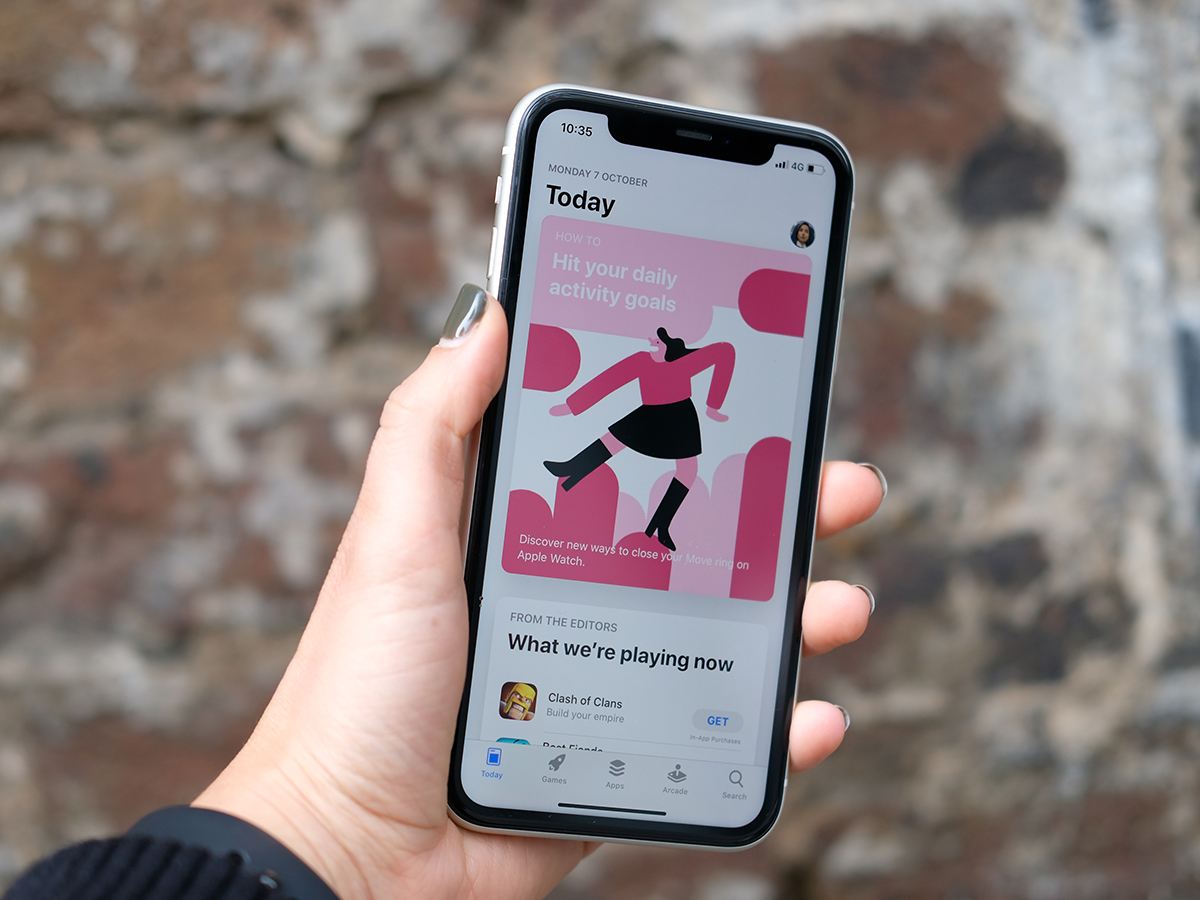Google Pixel 5 vs Apple iPhone 11: the weigh-in
It’s the ol’ Google vs. Apple showdown, but not exactly like before

Ever since the first Pixel, it’s been clear that Google is trying to recreate Apple’s smashing success with the iPhone, seamlessly pairing hardware and software into a brilliant smartphone experience.
Google arguably hasn’t done the complete quite as well as Apple just yet, despite consistently amazing cameras and the ever-excellent Android OS itself. However, the Pixel 5 is a different kind of package, trimming down on processing power to deliver a more affordable phone with flagship perks still in tow.
Apple’s iPhone 11 doesn’t skimp on power, meanwhile, but does cut down on a couple of specs compared to the pricier iPhone 11 Pro to achieve a more palatable price point. Put head to head, which of these handsets is your better bet? Here’s what we think now that we’ve seen the soon-to-release Pixel 5.
Design: Notch or cutout?
The Pixel 5 is a no-doubt upgrade over the previous generation, kicking the awkward “forehead” bezel to the curb in favor of a punch-hole camera cutout on a mostly all-screen face. The iPhone 11, on the other hand, still has the big notch at the top, but at least the bezel around the screen is uniform otherwise. Besides, the notch really hasn’t bothered us in use.
On the back, the Pixel 5 opts for aluminium covered in a thin resin layer, which gives it a distinctive look and feel compared to most glass-backed flagships. The iPhone 11 is one of those devices, and it has the advantage of offering several different colour options, whereas the Pixel 5 only comes in black or green.
Screen: Clearly different
If there’s one big knock against the iPhone 11, it’s that the 6.1in LCD screen is definitely under par when it comes to resolution and thus clarity. It’s still a decent-looking and bright screen, but at a resolution of 1792 x 828, it’s well short of even the 1080p standard. That’s strange for a phone of this price point.
The 6.0in OLED screen of the Pixel 5 is undoubtedly the winner in this showdown, not only hitting a higher resolution at 2340×1080 but also providing a smoother-than-normal 90Hz refresh rate. While not as ultra-crisp as some pricey Android alternatives, it should still be an excellent-looking display.
Camera: Shooting superstars?
You’ll get two back cameras on both of these handsets, with a 12-megapixel standard sensor and 16MP ultra-wide sensor on the Pixel 5 compared to dual 12MP shooters on the iPhone 11. We already know that the iPhone 11 takes excellent shots, just as strong as the iPhone 11 Pro when it comes to everyday shooting.
Given Google’s pedigree here, we have to assume that the Pixel 5 will also deliver brilliant shots. We haven’t used it yet, however, so we can’t give the head-to-head comparison at this point. We doubt you’ll go wrong with either phone’s camera system here. Meanwhile, the iPhone 11 has a 12MP front camera and the Pixel 5 opts for an 8MP selfie shooter.
Performance: Go Bionic
Here’s where the Pixel 5 won’t be able to compare to the iPhone 11, at least when it comes to raw power measured in benchmarks. The iPhone 11 has the A13 Bionic, still the most powerful smartphone chip a year after release. It’s an absolute powerhouse, capable of delivering smooth everyday performance, killer gaming results, and more.
While we normally expect the new Pixel to pack the highest-end Qualcomm Snapdragon 800-series chip, this time around Google opted for the upper mid-range Snapdragon 765G instead to cut down on cost. It should still deliver a smooth everyday experience, since even Google’s Pixel 3a and 4a ran well, but we doubt it’ll compare evenly with gaming and other high-performance needs.
On the other hand, the Pixel 5 supports 5G connectivity and the iPhone 11 does not. That’s a pretty major difference at this point in 2020.
Read More › Apple iPhone 11 review
Battery and perks: Some differences
The iPhone 11’s modest 3,110mAh battery pack delivers a solid day of uptime if you don’t push too hard, no doubt aided by the low-resolution screen. The Pixel 5 could have an advantage here with its 4,000mAh cell. The higher-res screen and 5G support might sap up some of that capacity difference, but probably not all of it. Both phones also support wireless charging.
Neither of these phones offers the ability to expand your storage via microSD card or similar, but the Pixel 5 ships with double the storage of the base iPhone 11: 128GB vs 64GB. However, you can pay extra for 128GB or 256GB on the iPhone 11, allowing for a higher max capacity than the Pixel 5.
Initial verdict: Pick Pixel?
By sacrificing a little bit of raw speed, Google has made its Pixel 5 more affordable than past generations at £599 – and that’s for a 5G phone. Even with less power onboard, it should have a brilliant camera, an excellent screen, solid battery life, and the benefit of wireless charging.
We’re probably only weeks out from the official reveal of the iPhone 12, but at least for now, the iPhone 11 still sells for £729. Aside from the power advantage, we’re not totally sure where the iPhone 11 sees notable hardware benefits compared to the Pixel 5.
We won’t know for sure until we’re properly hands-on with the Pixel 5, but assuming it runs smoothly and doesn’t have any surprising hitches in the mix, it might be a better pick for anyone who isn’t already aligned to iOS or Android and wants a feature-rich, high-quality handset without a near four-digit price tag in tow.










